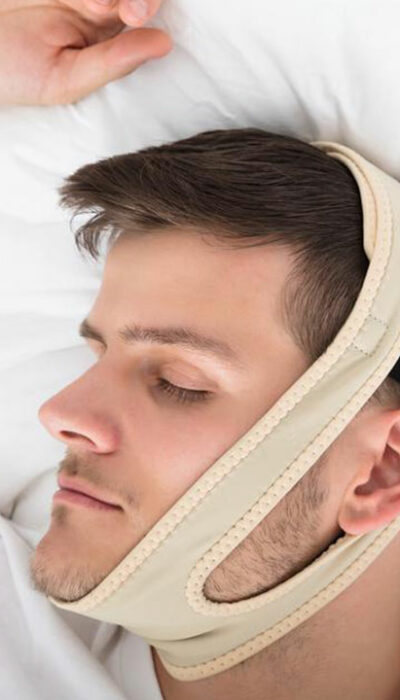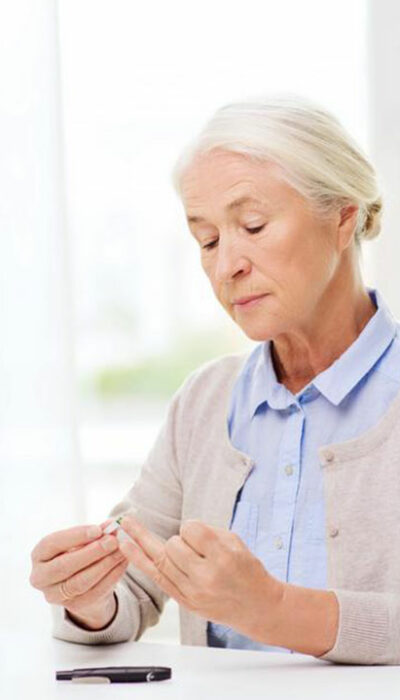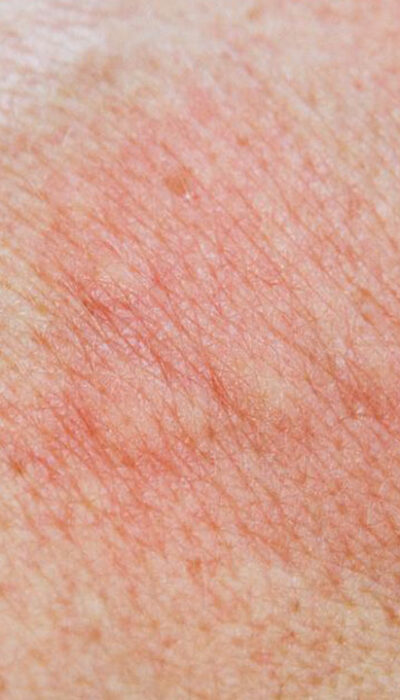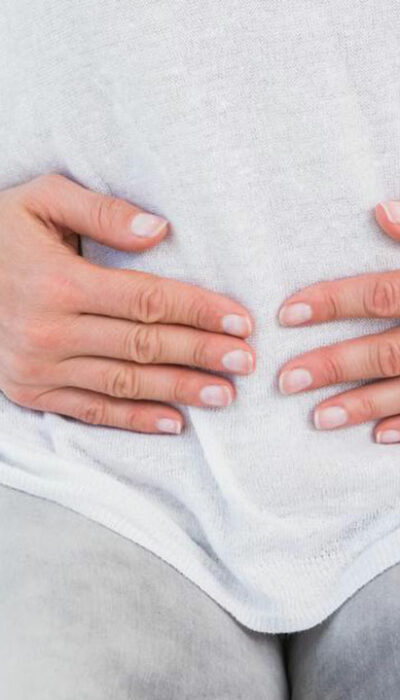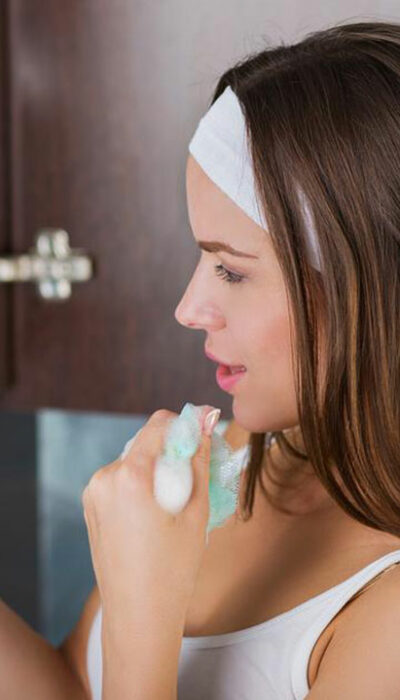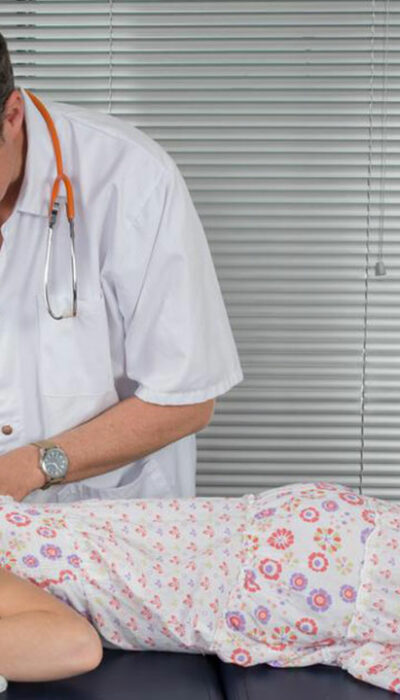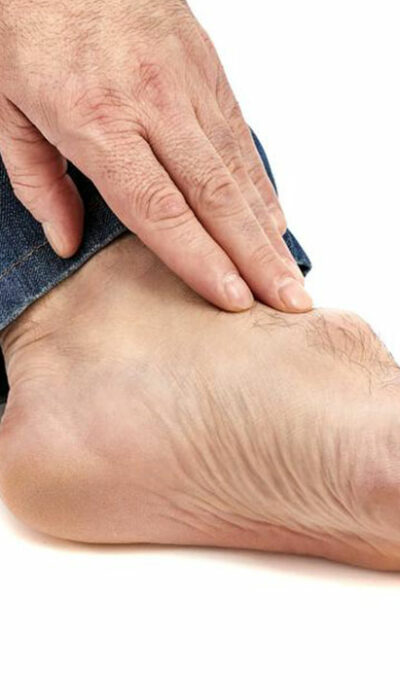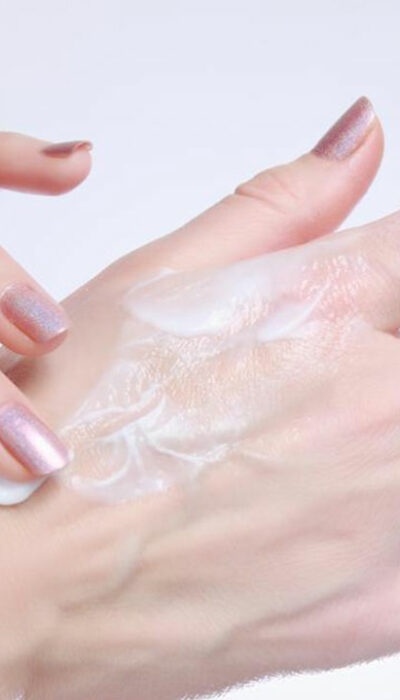
Effective and East Treatments for Postherpetic Neuralgia
Postherpetic neuralgia is a painful skin condition caused by the herpes zoster (chickenpox) virus. Once the shingles start to crust and heal, neuralgia sets in, damaging the nerve endings in the skin. This causes a pain that burns and makes the skin sensitive to even the lightest touch. This condition can last from a few months to a year. People older than the age of 60 years are at a higher risk of developing this complication. Postherpetic Neuralgia Treatment Options Postherpetic neuralgia has no proper medication or treatment. A combination treatment for Postherpetic neuralgia is required in most cases to ease the pain. Medication Although medicines cannot eliminate the pain entirely, still they can work towards reducing it and making it more manageable for you. Initially, your health practitioner may recommend using an over-the-counter painkiller such as paracetamol or combine it with codeine to see its effect. However, these standard pills have been known to be ineffective against treating the condition, and most of the time it is required to explore alternative options for p ostherpetic neuralgia. These postherpetic neuralgia treatment options have been discussed below: Anti-depressants: Medicines such as duloxetine(Cymbalta) and amitriptyline are used to treat depression. As they target chemical reactions in the brain that form the core of pain impulses, they can also be used for treating the shingles pain. These are started off in small doses to work slowly on your nervous system, dulling the senses and providing relief from the pain. Side effects include drowsiness, feeling light-headed, dry mouth, and weight gain. Anti-convulsants: Anti-seizure medicines help stabilize abnormal spikes in brain activity that are caused by damage to nerve ends. Originally intended to treat epilepsy, this type of medication lessens the pain by causing a dampening effect on your nervous system. Pregabalin and gabapentin (Gralise, Neurontin) are effective medications that are known to curb the pain sensitivity.
